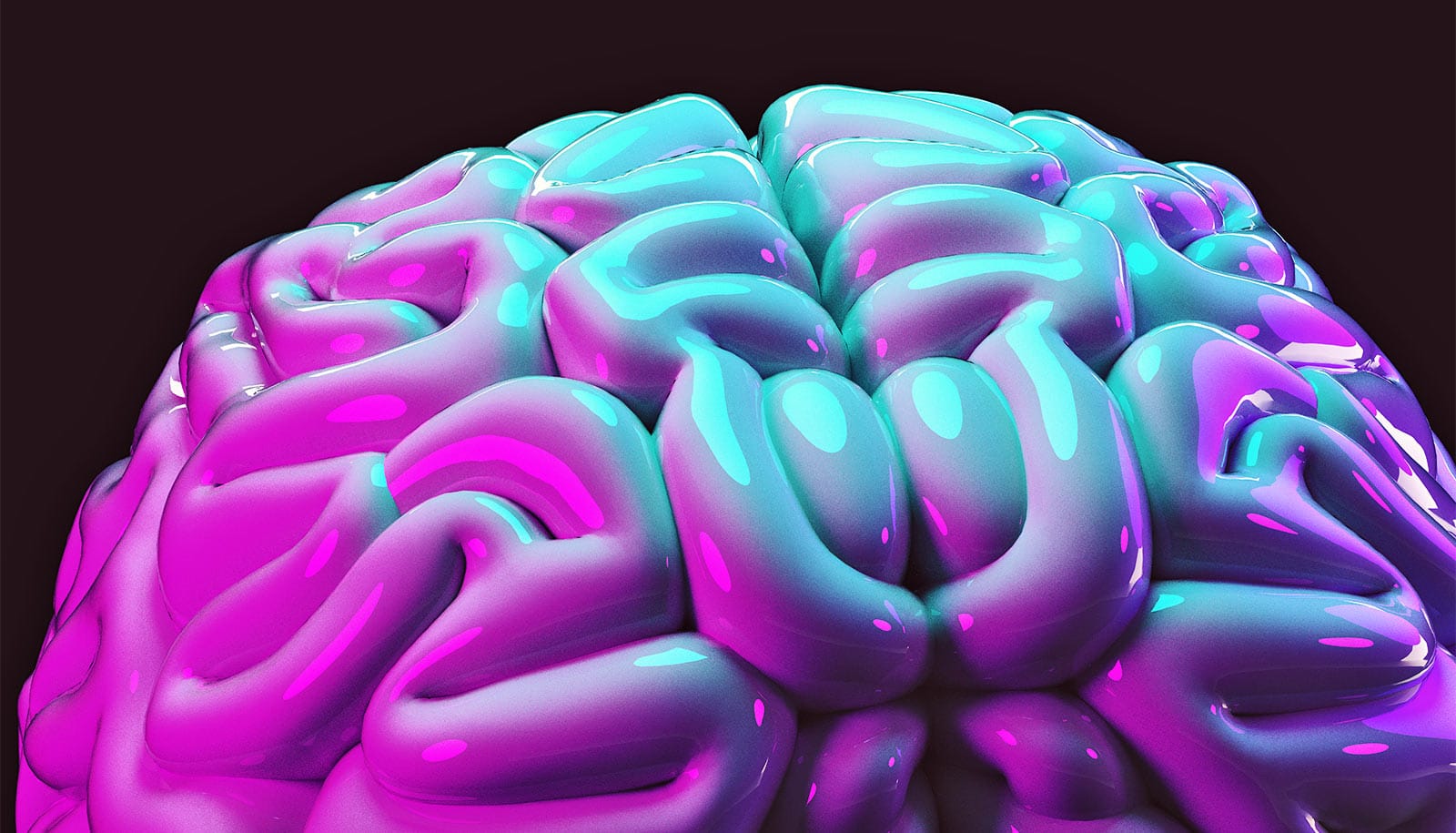Abnormal oscillations in neurons that control movement, which likely cause the tremors that characterize Parkinson’s disease, have long appeared in patients with the disease.
Now, scientists working with stem cells report that they have reproduced these oscillations in a petri dish, paving the way for much faster ways to screen for new treatments or even a cure for Parkinson’s disease.
“With this new finding, we can now generate in a dish the neuronal misfiring that is similar to what occurs in the brain of a Parkinson’s patient,” says Jian Feng, professor of physiology and biophysics in the Jacobs School of Medicine and Biomedical Sciences at the University at Buffalo and senior author of the paper in Cell Reports.
The work provides a useful platform for better understanding the molecular mechanisms at work in the disease, he says. “A variety of studies and drug discovery efforts can be implemented on these human neurons to speed up the discovery of a cure for Parkinson’s disease.”
To probe Parkinson’s, treat the brain like a piece of electronics
Abnormal brain oscillations first came to light decades ago when some Parkinson’s patients began undergoing deep brain stimulation as treatment once their medications ceased to be effective. Neurosurgeons doing the procedure noticed rhythmic bursts of activity or oscillations among neurons in patients when they used electrodes to override brain activity in order to stimulate the brain.
“What we found in our new research is pretty dramatic.”
“Our bodies move because there is coordination between the contracting and relaxing of our muscles,” Feng says. “It’s all exquisitely timed within the brain structure called basal ganglia.”
The rhythmic bursts of activity or oscillations that neurosurgeons saw in the brains of Parkinson’s patients signaled that something in that system had broken down but exactly how wasn’t clear.
Researchers generated induced pluripotent stem cells (iPSCs) from the skin cells of patients with mutations in the parkin gene. Years earlier, Feng’s team had used the same technology to discover that these mutations cause Parkinson’s disease by disrupting the actions of dopamine, which is necessary for normal physical movement. When there isn’t enough dopamine, an imbalance in neurotransmission occurs, ultimately resulting in Parkinson’s disease.
“What we found in our new research is pretty dramatic,” he says. “When we recorded electrical activity in the neurons with parkin mutations, you could clearly see the oscillations.”
MRI may offer drug-free way to track Parkinson’s
The mutations induce a change in how neurons communicate.
“Normally, communication between these neurons is not repetitive, but in this case, we suspect that the oscillation reduces the information content being transmitted. It’s almost like stuttering, as though now the neuron can’t understand the instructions for normal movement. All the neurons ‘hear’ is nonsense.”
To make sure that the oscillations were caused by parkin mutations, the researchers then used a virus to rescue the mutations. With normal parkin back in the neuron, the oscillations disappeared.
“This research gives us a very nice way to screen for drugs because the phenotype is very much like what is going on in the brain,” Feng says. “Whatever blocks the oscillation in the dish could be a potential drug candidate.” This idea led to discussions with Q-State Biosciences, a startup developed by Harvard University professors Adam E. Cohen and Kevin Eggan, that focuses on stem cell and optogenetic technologies.
Q-State Biosciences is interested in developing a high-throughput technique, which would be highly valuable to pharmaceutical companies that want to quickly screen potential drug candidates for Parkinson’s disease.
Research scientist Ping Zhong is first author along with Zhixing Hu, postdoctoral associate, and Houbo Jiang, research scientist, all in the physiology and biophysics department at the University at Buffalo. at UB. Professor Zhen Yan is co-senior author with Feng.
NYSTEM, the US Department of Veteran’s Affairs, and the National Institutes of Health funded the work.
Source: University at Buffalo



